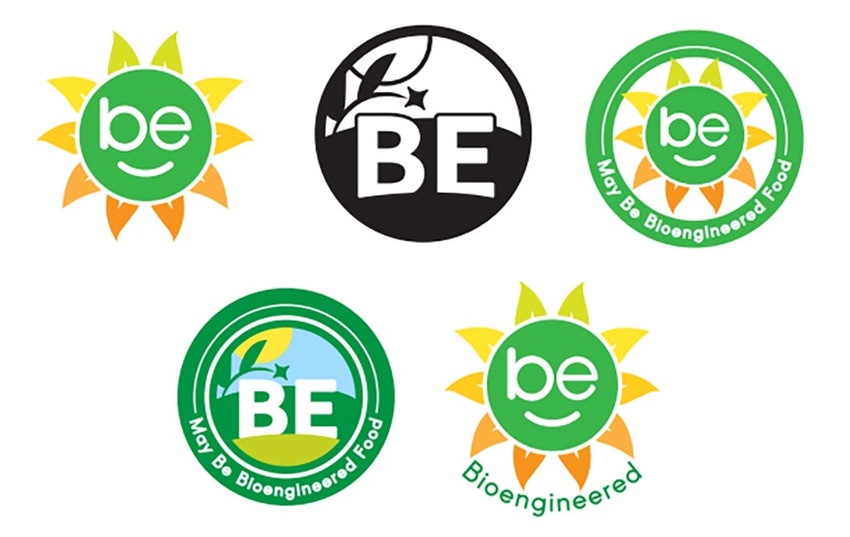Proposed rule puts BE on food labels
To BE or not to BE? That is the question that USDA's proposed rule raises.
May 22, 2018

By JOANNA LIDBACK
To BE or not to BE? That is one of the questions farmers began to face recently, when the U.S. Department of Agriculture published its proposed rules for the labeling of genetically modified food.
BE stands for “bioengineered,” and USDA appears to prefer it as a term for the future —- and one that soon may find itself on certain food packages.
“We believe that the statutory term, ‘bioengineering,’ adequately describes food products of the technology that Congress intended to be within the scope” of a bill it passed two years ago, the proposed rule states.
This is a reference to the National Bioengineered Food Disclosure Standard, the federal legislation approved by a bipartisan majority in Congress and signed into law by President Barack Obama, in 2016. They were responding to a regulatory threat from the states, which were on the verge of passing a patchwork of confusing GMO-labeling requirements, which would have driven up the price of food for ordinary people but without delivering the benefit of useful consumer information.
Vermont, the state where I’m a dairy farmer, had spearheaded this bad idea. Its actions demanded a federal response. So we got one, in the form of a law that seeks to establish a set of national standards for the labeling of bioengineered food.
Now, two years later, we’re focusing on the details. USDA’s proposed rule runs for 106 pages and takes up a series of questions. What exactly is a bioengineered food? How should labels report the presence of these ingredients? What are reasonable exceptions and exemptions?
USDA invites public feedback until July 3, at which point it will begin to draft a final rule.
For consumers, the first visible effect probably will be food packages that carry BE labels: colorful symbols that inform grocery store shoppers that their food may contain bioengineered ingredients. Yet the emerging system promises to be much more robust. Consumers may be able to receive detailed information about their food through text messages and QR codes.
Over time, as blockchain and other technologies mature, it may be possible for people to track almost everything about their food, as it travels from farm to fork. The disclosures likely will go well past what the law requires.
USDA’s proposed rule includes a series of wise choices. Meat and milk from animals that eat bioengineered feed, for example, won’t have to be labeled as BE products.
In other areas, however, the rule might be more explicit. Some types of highly refined foods, such as canola oil and high-fructose corn syrup, may be the products of bioengineering but indistinguishable from others because they do not contain DNA. No DNA in the refined product would mean no labeling required. If the intent is indeed to leave these types of food out, then great. Otherwise, it should be clearer.
Then there’s the emerging technology of gene editing, which achieves its benefits through the tools of conventional breeding, only at an accelerated pace. This is fundamentally different from bioengineering, as the rule defines it: a technique that steps outside the limits of conventional breeding, such as what now commonly goes by the name of “genetic modification.”
Because the rule is silent on gene editing, some have taken it to mean that USDA won’t apply this rule to that technology. This is a reasonable assumption, especially given the announcement in March by Secretary of Agriculture Sonny Perdue that his department will treat gene-edited food as conventional food that must comply with ordinary regulations, as opposed to a special category of food that requires added oversight.
Still, prudence may call for something else: an explicit statement that gene editing is different from BE, both clarifying an intention and denying the possibility of regulatory mischief in the future.
There’s nothing to lose, except perhaps a sense of Hamlet-like uncertainty.
Joanna Lidback and her husband operate the Farm at Wheeler Mountain, a diversified dairy farm in Vermont. Joanna volunteers as a board member for the Global Farmer Network. www.globalfarmernetwork.org. This article first was published by Global Farmer Network.
You May Also Like



